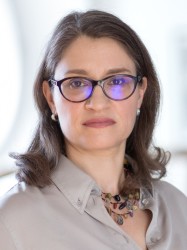BibTex format
@article{Nouvellet:2021:10.1038/s41467-021-21358-2,
author = {Nouvellet, P and Bhatia, S and Cori, A and Ainslie, K and Baguelin, M and Bhatt, S and Boonyasiri, A and Brazeau, N and Cattarino, L and Cooper, L and Coupland, H and Cucunuba, Perez Z and Cuomo-Dannenburg, G and Dighe, A and Djaafara, A and Dorigatti, I and Eales, O and van, Elsland S and NASCIMENTO, F and Fitzjohn, R and Gaythorpe, K and Geidelberg, L and green, W and Hamlet, A and Hauck, K and Hinsley, W and Imai, N and Jeffrey and Jeffrey, B and Knock, E and Laydon, D and Lees, J and Mangal, T and Mellan, T and Nedjati, Gilani G and Parag, K and Pons, Salort M and Ragonnet-Cronin, M and Riley, S and Unwin, H and Verity, R and Vollmer, M and Volz, E and Walker, P and Walters, C and Wang, H and Watson, O and Whittaker, C and Whittles, L and Xi, X and Ferguson, N and Donnelly, C},
doi = {10.1038/s41467-021-21358-2},
journal = {Nature Communications},
title = {Reduction in mobility and COVID-19 transmission},
url = {http://dx.doi.org/10.1038/s41467-021-21358-2},
volume = {12},
year = {2021}
}

